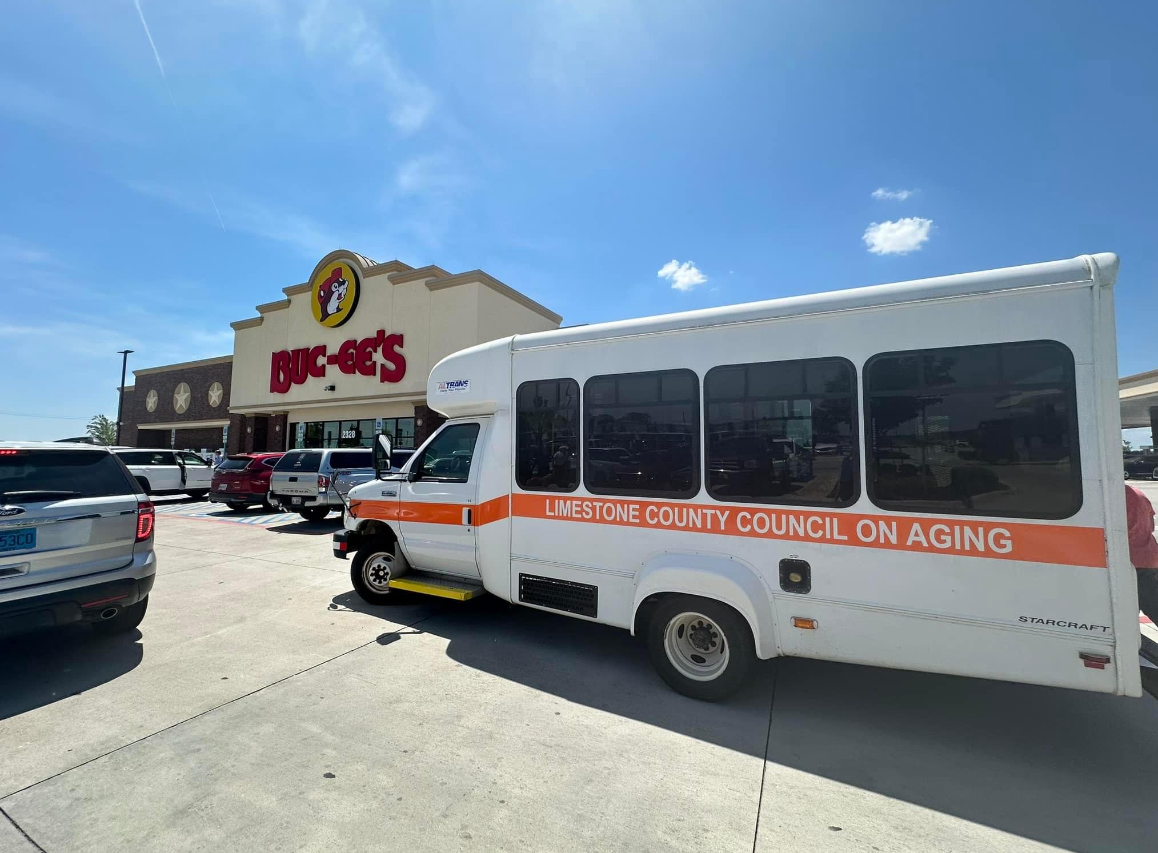Election tab: Voter Info
Published 8:00 am Wednesday, May 11, 2022
The primary election will take place in less than two weeks on May 24, 2022, at various polling locations across Limestone County.
Primary elections are held by the political parties to select each party’s nominee for the general election.
Absentee voting
While the deadline for registering to vote has passed, voters can still apply for absentee ballots. The deadline to apply for an absentee ballot by mail is May 17. Voters can apply in person until May 19. Ballots can be hand delivered to the election office until May 23 and all mail-in ballots must be received by noon on May 24.
In 2022, voters can cast an absentee ballot if they:
- Expect to be absent from the county on election day
- Are ill or have a physical infirmity that makes them unable to go to the polling location
- Live outside of the county, but are registered to vote in the county
- Are an appointed election official or a poll watcher at a location other than their designated polling location
- Expect to work a shift at least 10 hours long during polling hours
- Are incarcerated.
Electors can apply for a business or medical emergency ballot up to no later than 5 p.m. the day before the election if they:
- Have a medical emergency requiring treatment within five days of the election
- Are required by an employer due to unforeseen circumstances within five days of the election to be unavailable at the polls on election day
- Are a caregiver of a patient who requires emergency treatment within five days of the election
- Have a family member to the second degree of kinship or affinity die within five days of an election.
Electors can apply for absentee ballots through the Board of Registrars.
For the application process, electors must print the application from the Secretary of State website or receive an application from the elections office.
The voter will fill out the application and include a valid form of photo ID.
Then the application is returned to the elections office via hand or mail.
The absentee ballot procedure is as follows:
- Seal the ballot in the secrecy envelope provided
- Place the secrecy envelope in the affidavit envelope provided
- Complete the affidavit outside of the envelope
- Sign the affidavit and have it witnessed by a notary public or two witnesses over the age of 18 years
- Place the affidavit in the provided outer envelope
- Send the ballot to the Absentee Election Manager by U.S. Mail or a commercial carrier or hand deliver the ballot.
Crossover voting rules
In the event of a primary runoff election, an elector can only vote in the runoff if they voted in the primary election of the same party the runoff is held for.
If an elector votes in the Democratic Party Primary Election, they can only vote in a Democratic Party primary runoff. If an elector votes in the Republican Party Primary Election, they can only vote in a Republican Party primary runoff.
If you did not vote in the Primary Election of either party or you voted on a non-partisan ballot, you can vote in either party’s runoff election.
This rule only applies to the Primary Election and Primary runoff of an election cycle and does not extend to the general election or to the next election cycle.
Polling procedures
The Board of Registrars sends all registered voters a voter information card designating the address of the voter’s polling location.
If the card is lost or not received, the voter should contact the Board of Registrars to receive their polling information.
Polling locations are open from 7 a.m. to 7 p.m. on the day of the election.
Once a voter arrives at the polling location, a poll worker will take their name. The voter must present an acceptable form of photo ID to the poll worker.
Acceptable photo ID includes valid Alabama Driver’s License, valid Alabama non-driver ID, valid Alabama voter photo ID, valid state issued ID.
The poll worker will sign the poll list and the voter will disclose what party they intend to vote for in the primary election and they will sign that party’s poll list.
The poll worker will give the elector a ballot, and they will be free to mark their ballot and cast their vote.
Replacement ballots will be available if a voter makes a mistake or their ballot is damaged.
If a person’s name does not appear on the polling location list, the Board of Registrars will be contacted to determine if the voter is eligible to vote at that location. If verification is unable to be determined, the voter may vote on a provisional ballot.
Provisional ballots
Votes are cast on a provisional ballot in the same manner as a standard ballot, other than the voter must sign an affidavit attesting to their eligibility to vote and complete a voter update form.
The registrar will only count the ballot if voter eligibility is confirmed.
If a voter has no photo ID available, they can cast a provisional ballot if two election officials can positively identify them.
If two election officials cannot identify them, the voter will have until 5 p.m. on the Friday following the election to submit a valid form of photo ID.
If a voter ID is not included with an absentee ballot application on or after the eighth day prior to the election, the elector may vote by provisional ballot.
A voter can cast an provisional ballot if they did not receive an absentee ballot or the voter did not use the absentee ballot.
Accessibility
Voters who are physically disabled or over the age of 70 can request to move to the front of the line at the polling place.
If a voter remains in a poll booth in excess of 4 minutes, they may request assistance from a poll worker if needed.
If they voter does not wish to receive assistance, they are permitted to remain in the booth for an additional minute.
If the voter receives assistance, they can have at least five additional minutes to vote.
Every polling place will have voting equipment to accommodate individuals with disabilities.





